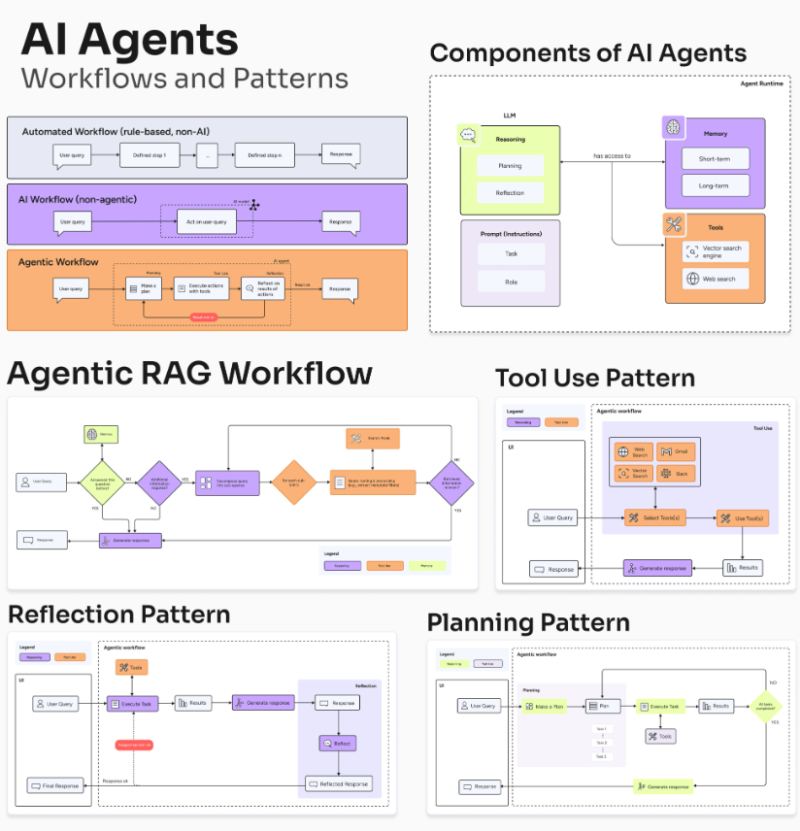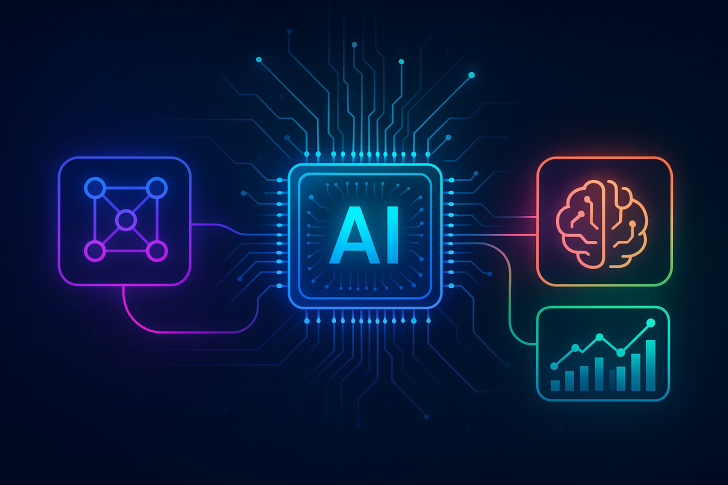⬤ AI agents are getting serious attention as companies figure out how to automate multi-step processes without constant supervision. These systems combine large language models with real-world tools, letting them make decisions and complete tasks on their own. What makes them different from regular AI is their ability to plan ahead, use external resources, and remember what worked before.

⬤ Every AI agent runs on three building blocks: reasoning, tools, and memory. Reasoning helps break big problems into smaller chunks and check if the results make sense. Tools connect the agent to search engines, databases, APIs, and code interpreters—basically anything outside the model itself. Memory keeps track of what's happening during a task and stores patterns from past sessions, so the agent gets better over time.
⬤ These components power three main workflow patterns. Planning splits complex jobs into manageable steps. Tool use lets agents pull data or trigger actions in external systems. Reflection gives agents a chance to review their own work before delivering final answers, catching mistakes without human oversight. One example is agentic RAG, where the system breaks down queries, checks if retrieved information is useful, adjusts search terms, and updates its approach based on what it finds.
⬤ The shift toward agentic architectures shows that companies want AI systems that can think several steps ahead and adapt on the fly. As these frameworks mature, they're likely to reshape how automation, search, and digital operations work across industries.
 Eseandre Mordi
Eseandre Mordi

 Eseandre Mordi
Eseandre Mordi


